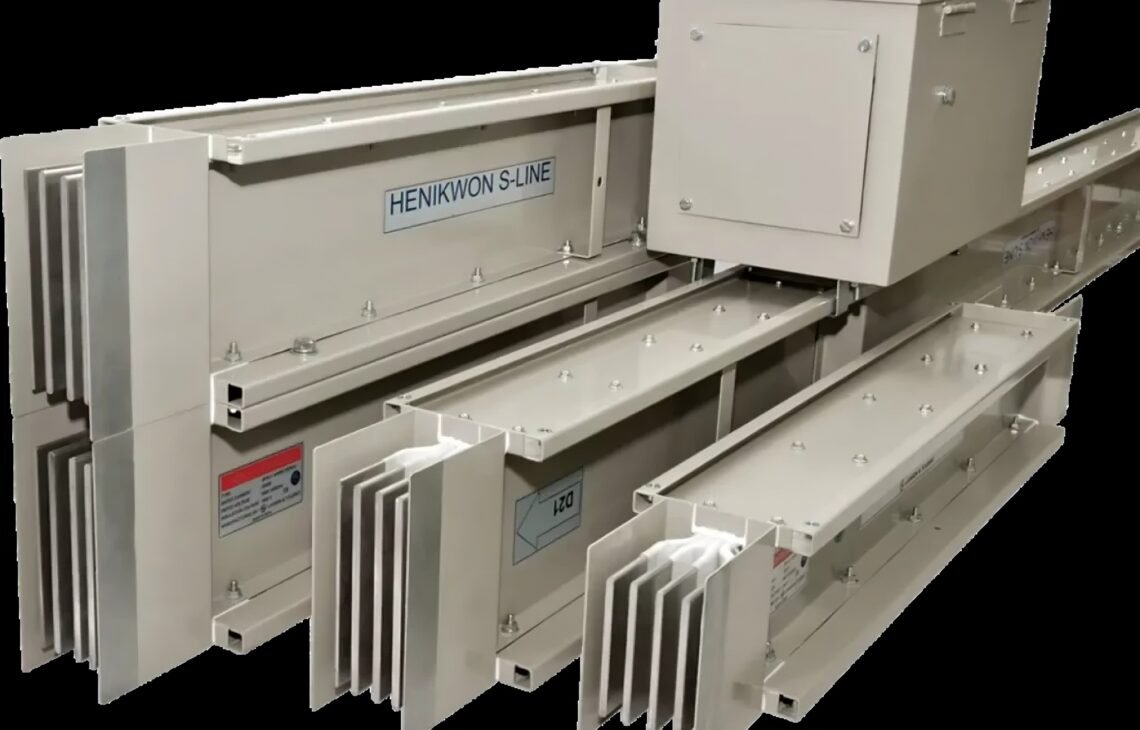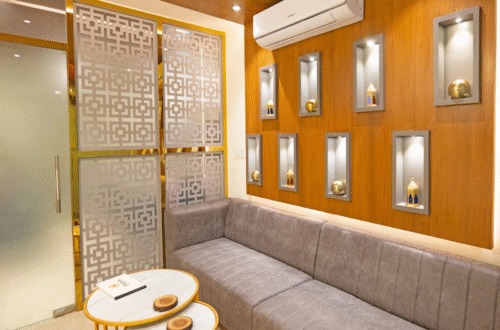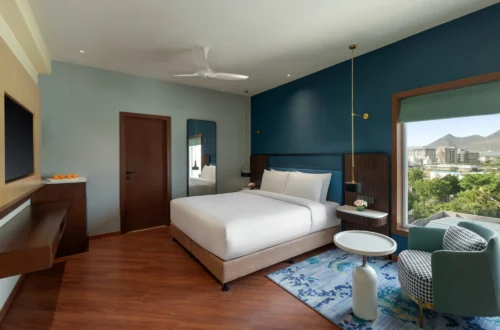A busbar trunking system is an assembly of copper or aluminium busbars housed within a protective enclosure, designed to distribute electrical power efficiently across industrial, commercial, and residential facilities. Unlike traditional cable-based distribution, busbar trunking offers modularity, ease of installation, and superior current‐carrying capacity. When implemented correctly, it reduces energy loss, simplifies future expansions, and enhances overall system reliability. Before diving into vendor catalogs, get a clear picture of your operation’s electrical layout and future growth plans.
Assessing Your Power Requirements
The first step in choosing the right busbar system is quantifying your power demands. Calculate the peak load, continuous operating current, and short-circuit ratings required for each section of your plant. Don’t forget to account for safety margins—typically 20–25% above projected demand—to accommodate unexpected spikes or future equipment additions. A thorough load analysis prevents under-sized installations that could overheat or fail under stress.
Evaluating Safety and Compliance
Safety should never take a backseat. Ensure the busbar trunking solution you select meets local and international standards such as IEC 61439-6 or equivalent national regulations. Look for features like IP protection ratings (e.g., IP54 or higher for industrial environments), integrated earth fault detection, and arc-flash mitigation measures. Proper compliance reduces the risk of electrical accidents, fines, and downtime.
Considering Scalability and Flexibility
Your operation may evolve, and so will your power distribution needs. Opt for a modular busbar trunking system that allows sections to be added, repositioned, or rerouted with minimal disruption. Snap-on tap-off units, adjustable supports, and pre-drilled junction boxes facilitate quick expansions and layout modifications. Flexibility today means lower labor and material costs tomorrow.
Energy Efficiency and Heat Dissipation
Busbar trunking systems excel at minimizing resistive losses, but design choices still matter. Select busbars with low impedance and adequate surface area to dissipate heat naturally. Some manufacturers offer ventilated or double-insulated enclosures that further enhance thermal performance. Cooler conductors extend service life and help maintain stable operating conditions across all loads.
Installation and Maintenance Considerations
A well-designed busbar system should simplify both installation and upkeep. Look for features such as pre-assembled sections, color-coded phase identification, and clear torque-specification labels. Ease of access for inspection, lubrication, and cleaning also reduces maintenance windows. Partnering with an experienced installer can ensure proper alignment, support spacing, and joint integrity from day one.
Budgeting and Total Cost of Ownership
While the upfront cost of busbar trunking may exceed that of conventional cabling, total cost of ownership often tips in its favor. Savings accrue through reduced installation time, lower energy losses, and minimized maintenance expenses. When evaluating proposals, compare lifecycle costs over a 10- to 20-year horizon rather than focusing solely on initial capital outlay.
Selecting the Right Service Provider
Partnering with a reputable installer is just as critical as choosing the right system. Look for a provider with demonstrated expertise in industrial power distribution who can guide you from design through commissioning. Whether you need bespoke layouts or standard configurations, a trusted partner will optimize your investment. For reliable, end-to-end solutions, consider the experts at Busbar Trunking System Installation Service in India.
Leveraging Industry Expertise
In regions where electrical regulations and environmental conditions vary, local expertise is invaluable. An installer familiar with regional norms can navigate permitting, site inspections, and material sourcing more smoothly. For businesses in Rajasthan and beyond, engaging a Top Electrical Solution Company in Rajasthan ensures compliance and quality workmanship backed by a local presence.
Case Study: Success with Manikaran Enterprises
Manikaran Enterprises recently partnered with a leading food-processing plant to overhaul their aging cable network. By switching to a modular busbar trunking system, the plant achieved a 15% reduction in energy losses, slashed installation time by 40%, and created a scalable platform for future expansion. The project underscored the importance of comprehensive planning, expert installation, and ongoing maintenance.
Conclusion
Selecting the best busbar trunking system involves more than comparing amperages and enclosure types. By thoroughly assessing your power requirements, prioritizing safety and compliance, and factoring in scalability, energy efficiency, and lifecycle costs, you can make an informed decision that pays dividends over decades. Finally, choosing a knowledgeable service partner will ensure that your system is designed, installed, and maintained to the highest standards—keeping your operation running smoothly today and tomorrow.





